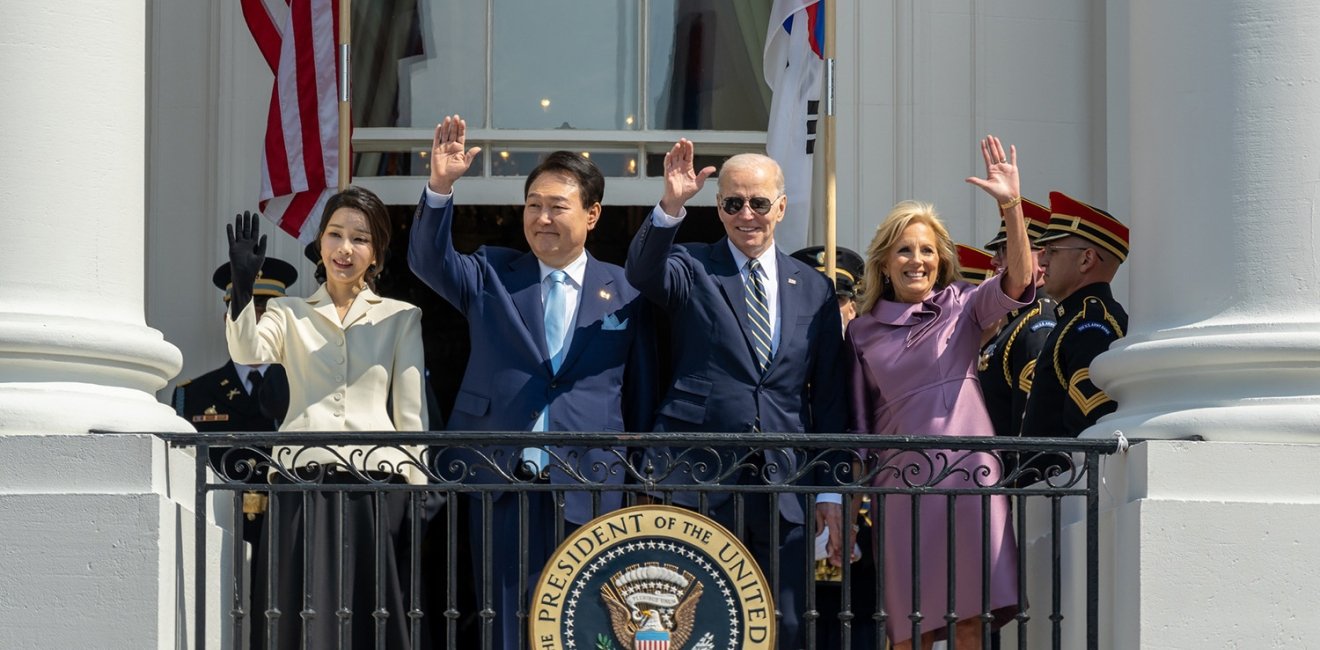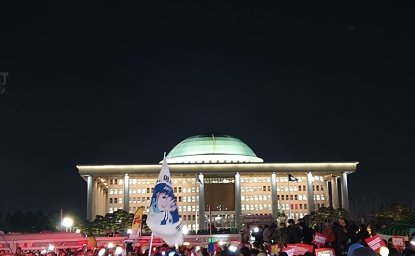It is a sign of the importance that both sides assign to the U.S.-Korea alliance—now marking its 70th year—that the first foreign leader to visit President Yoon Suk-yeol in Seoul was President Biden and now Biden has received Yoon at the White House for only the second state visit of his presidency. (The first was from President Emmanuel Macron of France, America’s oldest ally, dating back to the Revolutionary period.) The Washington Declaration, issued by the two leaders on Wednesday to strengthen the “extended deterrence” of North Korea, is a more concrete indication of the determination of both leaders to keep the alliance in lockstep.
It is said that U.S. presidents, of either party, are most in sync with conservative Korean presidents, because they tend to be more pro-American, and Yoon has been no exception. The alliance has been flourishing since Yoon took office last year. The Biden administration was greatly pleased that the South Korean president took part in the 2022 NATO summit, signaling unity with America’s European allies. The administration is even more pleased that he has improved the tense relationship between South Korea and Japan, seeking to finally settle contentious historical issues and becoming the first South Korean president in 12 years to visit Tokyo. The United States and South Korea have also resumed large-scale military exercises that were suspended during President Trump’s attempts to reach a nuclear deal with North Korea.
But, as in any long-term relationship, there remain tense issues that need to be worked out between the partners—and they were all high on the agenda when Yoon and Biden met at the White House on Wednesday. The two leaders discussed South Korean concerns that the Inflation Reduction Act unfairly advantages with tax subsidies electrical vehicles produced by U.S. auto makers over those produced by Asian or European automakers—even when they have factories in the United States. This was part of a larger discussion of how to secure U.S. and South Korean supply chains from the threat of Chinese coercion while promoting trade between democratic allies.
Also on the agenda were important issues pushed by the administration such as whether South Korea will provide Ukraine with artillery shells and whether it will play a larger role in trying to dissuade China from aggression against Taiwan. Those are both areas where Biden is eager for a major Korean commitment, but Yoon is wary of doing too much to antagonize either China or Russia.
But the No. 1 subject on the agenda was how to strengthen “extended deterrence” in the face of North Korea’s rapidly expanding missile and nuclear weapons program. The nature of the North Korean threat has changed dramatically now that Pyongyang has fielded ICBMs capable of reaching the continental United States. Most recently, the North even test-fired a solid-fueled missile that can be launched much faster—and therefore would be much harder to preempt—than the less-advanced, liquid-fueled models.
North Korea still needs to show that it has mastered the technology of miniaturizing nuclear warheads and employing multiple reentry vehicles on a single rocket, but experts fear it may soon be approaching, if it has not already achieved, the ability to hit the United States with a nuclear missile. This is a capacity achieved by only two other nations (Russia and China), and it greatly magnifies the North Korean threat while raising trepidation in South Korea about whether the United States would be willing to “trade Seattle for Seoul” in the event of a North Korean attack. This helps to explain why, in a recent poll, 77% of Koreans surveyed expressed support for a South Korean nuclear deterrent—a prospect that Yoon himself raised at the beginning of the year and then walked back.
The Washington Declaration issued by Biden and Yoon on Wednesday calls for the United States to strengthen its “extended deterrence” in return for a South Korean commitment to refrain from developing its own nuclear weapons. This agreement builds on the U.S. experience in reassuring U.S. allies of the strength of the U.S. commitment even after the Soviet Union gained the ability to menace the American homeland with nuclear-armed bombers and missiles. The US and South Korea have agreed to set up a new, high-level Nuclear Consultative Group modeled on NATO’s Nuclear Planning Group; the US pledged “to make every effort to consult with the ROK on any possible nuclear weapons employment on the Korean Peninsula”; and the US committed to “further enhance the regular visibility of strategic assets to the Korean Peninsula”—including visits by U.S. ballistic missile submarines, which haven’t docked in South Korea since the early 1980s.
At the joint Biden-Yoon press conference, Biden called the US-ROK alliance the “linchpin of regional security and prosperity,” and vowed that “a North Korean nuclear attack against the US or its partners … would result in the end of whatever regime took the action." Yoon said the Washington Declaration would “significantly strengthen extended deterrence” and called the US-ROK alliance an “everlasting partnership” that was “based on our shared universal values of freedom and democracy.”
A senior U.S. official told me that the administration was eager to negotiate the Washington Declaration to “lock in” commitments that will bind future U.S. presidents even if their views are more isolationist than Biden’s. For Yoon, the agreement is another welcome foreign policy achievement at a time when his popularity has declined because of domestic difficulties and the relative unpopularity of his rapprochement with Japan.
Will this agreement assuage South Korean concerns? That remains hard to say. A lot will depend on how the North Korean threat evolves. A 7th North Korean nuclear test will, no doubt, increase alarm in South Korea and support for its own nuclear arsenal—or at least for steps such as stationing U.S. tactical nuclear weapons in South Korea or reaching a “nuclear sharing” agreement that notably were not part of the Washington Declaration.
But this seems a reasonable compromise for now. It underlines the enduring U.S. commitment to South Korean security—a commitment whose most visible symbol is the 28,500 U.S. military personnel stationed in South Korea. In the event of North Korean hostilities, they would be, at the very least, a tripwire force that would virtually assure U.S. involvement.
It is remarkable, in many ways, that the U.S.-South Korea partnership remains so close and vibrant even after 70 years. The success of this latest summit will help to set the allies off in the right direction to expand and deepen the alliance over the next 70 years.
Author
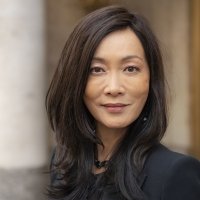

Hyundai Motor-Korea Foundation Center for Korean History and Public Policy
The Center for Korean History and Public Policy was established in 2015 with the generous support of the Hyundai Motor Company and the Korea Foundation to provide a coherent, long-term platform for improving historical understanding of Korea and informing the public policy debate on the Korean peninsula in the United States and beyond. Read more


Indo-Pacific Program
The Indo-Pacific Program promotes policy debate and intellectual discussions on US interests in the Asia-Pacific as well as political, economic, security, and social issues relating to the world’s most populous and economically dynamic region. Read more

Explore More
Browse Insights & Analysis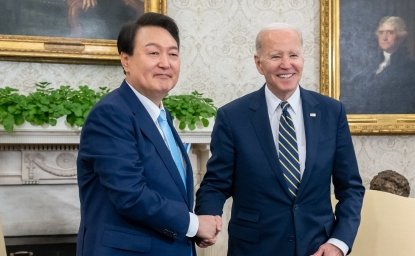
한미 정상회담, 한층 탄탄해진 '동맹 70년'의 앞길
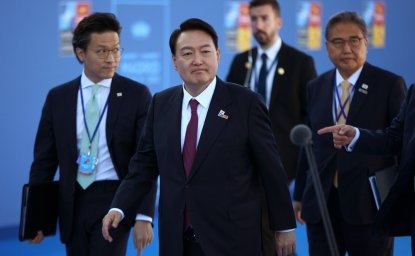
Political Turmoil in South Korea: President Yoon Taken Into Custody

